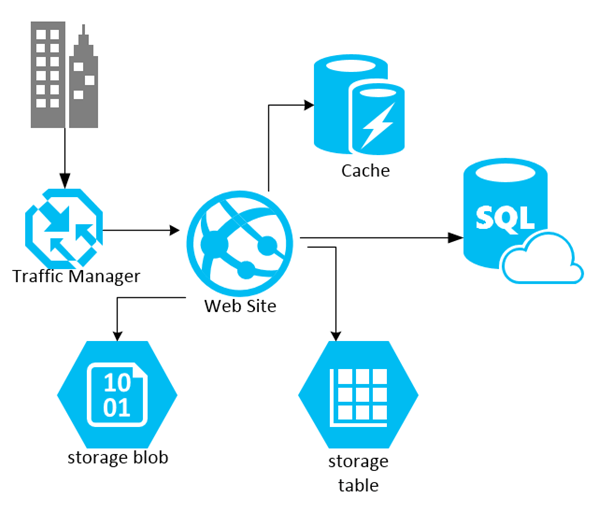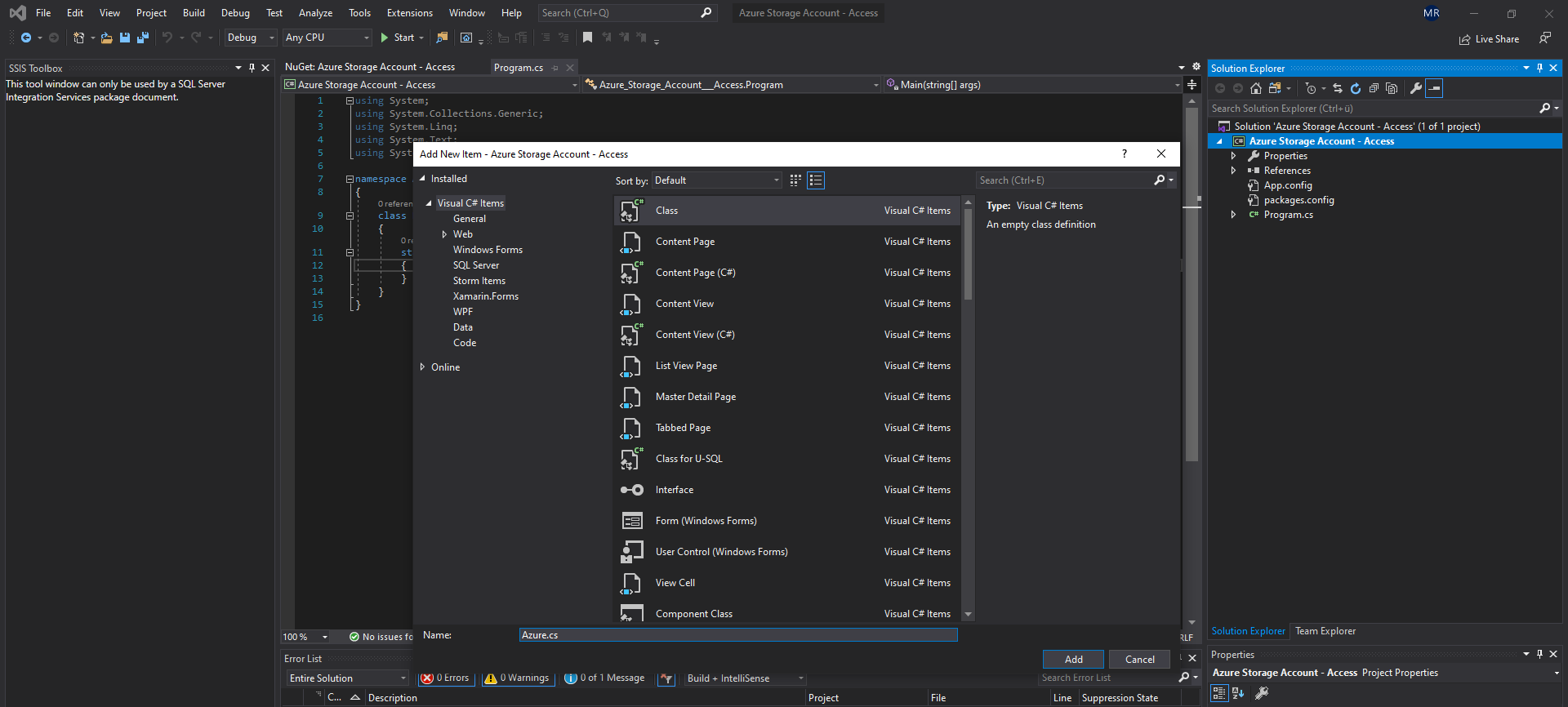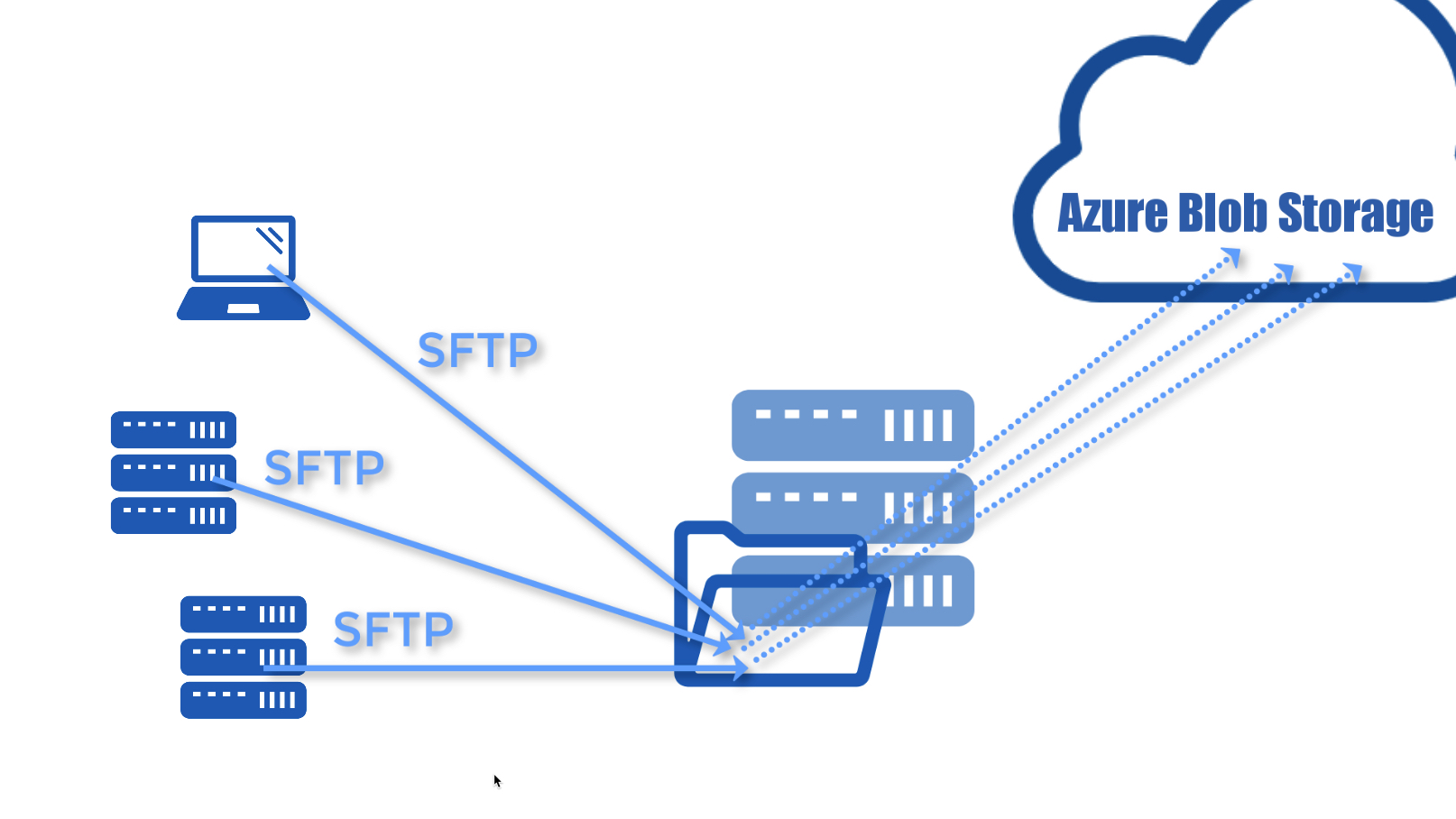


Snapshots are another area where Cloud Volumes ONTAP (formerly ONTAP Cloud) can provide an extra benefit using either cloud provider. Snapshots stored on Amazon S3 cannot be accessed via the Amazon S3 panel or Amazon S3 API. The snapshots are also stored on block storage, though AWS puts them on Amazon S3. You can take snapshots as backup to recover damaged VMs for an extra fee. When you mistakenly damage your VM, this is quickly replicated. Screenshot of Amazon EBS volumes connected to various Amazon EC2 instancesįor high availability, both AWS and Azure perform replication of your VM files to different zones. An SSD is much faster, since it doesn’t spin, and is integrated circuit with memory. Cloud block storage comes as traditional magnetic hard drive disks or with fast Solid State Drive (SSD). The entire server image is stored in a block device. Azure Virtual Disks that connect to Azure Virtual Machines also use a block storage device. Now for the AWS-Azure comparison of services: Amazon EBS stands for Elastic Block Storage: the basic storage devices for Amazon EC2. They store the OS to boot up the virtual server. The blocks are always connected to a cloud server, such as Azure VM or Amazon EC2. This allows users to change just a small piece of the data, and do so quickly. Azure Cloud: Block Storageīlock storage divides your files into equally-sized pieces. For hybrid and multicloud environments, NetApp’s Cloud Volumes ONTAP can be used to manage storage that ranges between different locations, and supports NAS in both NFS and CIFS formats. Great hybrid solutions are available that give control over all their legacy storage in the same window in which they control their highly available distributed data on AWS and Azure. They no longer need to purchase the storage they think they’ll need for the next few years since with the cloud they can grow as they go.Įnterprises usually need a hybrid solution to combine their legacy NAS and local block storage systems with their new cloud storage needs. Old on-site NAS systems are too clunky and expensive to be upgraded, and with pay-as-you-go billing, enterprises can benefit from a reduced IT budget that comes from moving to the cloud. How about more established small or large enterprises? They’re also moving their data to the cloud. When they go live, this is shifted to high-availability cloud databases that are regularly backed up and patched by AWS or Azure. During the development stage, they keep the NoSQL DB on their Amazon EBS or Azure Virtual Disk.
Azure file storage archive#
In order to be safe, a startup might store the backups in a compressed format in Amazon S3 for at least a month, and then archive it in cold storage such as Amazon Glacier or Azure cool storage. Some of these require fast, cheap, and flexible NoSQL databases stored by either Azure or AWS, while images are stored on Amazon S3 or Azure Blob. Each microservice uses its own ideal solution.

Flexible startups build their applications in microservices that talk to each other. They prefer not to invest in infrastructure: WiFi and an electrical socket at a shared working space is all the infrastructure they need (plus a laptop!).Īs startups grow, they can benefit from the collective storage wisdom available in the cloud by using cloud-based Network Attached Storage (NAS) system, saving them development time and offering high availability. Startups don’t even think about purchasing massive onsite network attached storage (NAS). In startup culture, there’s little hesitation before reaching straight for the cloud to cover all storage needs. Azure Blob, you need to consider the type of business that you are running. Collective Wisdom of the Cloudīefore we can get into the direct comparison of Amazon S3 vs.

Azure Blob storage services, and show you how NetApp’s Cloud Volumes ONTAP can work to enhance your storage options using either public cloud service. In this article we’ll give you a side by side comparison of Amazon S3 vs. When it comes to object storage, which is right for you? Today, there are so many cloud storage options competing for your data, and you can mix and match storage across the different providers. Gone are the days when there was a need to provision raw storage inside the server for “fast” data access.


 0 kommentar(er)
0 kommentar(er)
